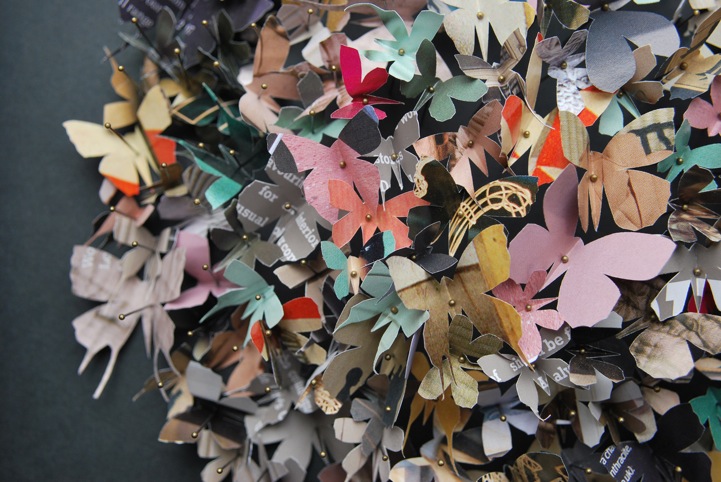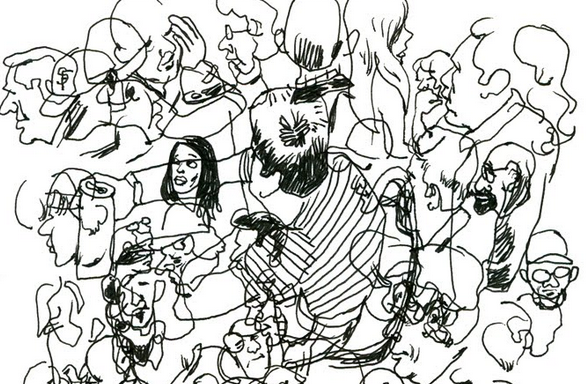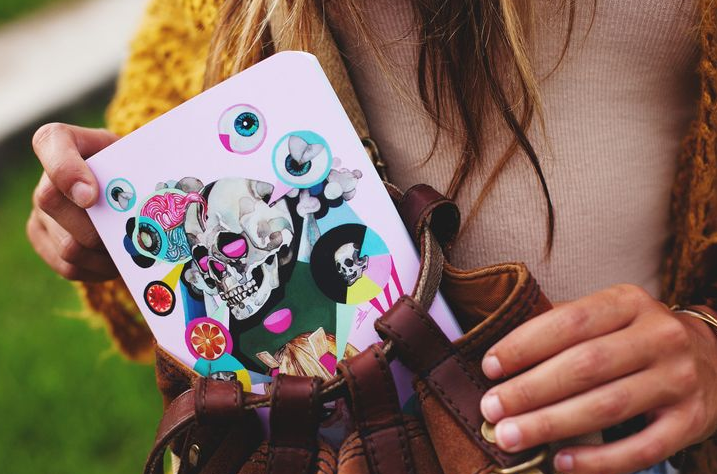
If you’ve seen a door scuttling around New York City and peeked behind it to find a man dressed in an ill-fitting Spiderman costume, or if you’ve gotten a whiff bacon emanating from a gallery space, it could very well be The Fantastic Nobodies.
This performance art collective is known for their wild experimental art happenings. These performances are archived mainly in the minds of participants who are either approached or consciously enter spaces curated by the team. In this sense, their process and product intermingle and become indistinguishable.
In a 2009 interview with Art Papers, collective member Jonas Mekas explained,
“In times when everybody wants to succeed and sell, I want to celebrate…the personal things that bring no money and bread and make no contemporary history, art history, or any other history. I am for art which we do for each other, as friends.”
Although the collective features a permutable cast of characters, these founding friends include: David Henry Brown Jr., Marc Grubstein, Steve Johnson, Daniel Joseph, Eric Laine and Chad Spicer. This experimentation and play based endeavor was born from the union of two Brooklyn based collectives, Camp Weird and 720.
Camp Weird focused on creative excursions such as road trips and a camp out at Coney Island. It was an attempt for the artists to “secede into our own world,” as Mekas put it. 720, on the other hand, occurred in a studio space in Williamsburg and was perpetually documented by cameras for 720 hours, the approximate equivalent of one month. The footage, a stream of continuous improvisation, was streamed to the Anton Kern Gallery in Chelsea.
The first Fantastic Nobodies exhibition was inspired by the wild and immersive project of 720 and the community based escapism of Camp Weird. In their first show, artists from both collectives lived in a 4,000 square foot warehouse in Williamsburg for one month. Within this confine, the group plunged into continuous art making and tried to reference an array of art movements, including Dada, Surrealism, the Situationists, the Manipulationists, and even the Wutang Clan. Instead of being recorded, the space was then opened to the public as both a viewing and collaborative space, as they hosted live nude drawing classes and open mikes.

Today one can only imagine the chaotic scene, in which raw meat was nailed to the walls, headless and suited mannequins were dangled from the ceiling, and two pounds of bacon were cooked to create a “homey” odor. This successful first enterprise led to a residency at the now closed Jack and Pelican Gallery in Williamsburg for a month of performances.
The Fantastic Nobodies then found support in Berlin, where they were invited to install a piece at brot.undspiele galerie called the Living Frame, which was on display during the summer of 2008. Guests were invited to step inside the seven-by-eight foot frame created to try on costumes and pose along with the troop. This exhibit expanded into an effort called Operation Shit Storm, which was “the codeword for The Fanastic Nobodies summer of ‘art freaks gone wild’ in Berlin,” as described by their official website.
The Living Frame went on tour to music festivals around Germany, like the Fusion Festival and the Melt Festival, catching festival goers off guard and encouraging them to engage.
Their recent projects include their 2011 exhibition at Andrew Elden Gallery called Live After Birth, in which artists worked on a glass table and filmed the scene from underneath, pointing up. A collection of hands arranged and rearranged materials that passed along the glass surface included paint, fake eyeballs, clay, and squirming worms. This project incorporated the theme and spirit of the Living Frame, in that anonymous co-creation drove the ever-evolving piece.

Years later in 2013, The Fantastic Nobodies took the notion of allowing chaos to occur within a frame to New York City in The Evolving Door project. The team, dressed in characteristically incongruous costumes and masks, carried a white door throughout the city and encouraged befuddled pedestrians to enter “another dimension.” Within the confines of a door, participants could step through the threshold to infinite scenarios and worlds. “Infinity is everywhere but you can’t notice it unless you have a frame,” commented one pedestrian whose reaction was caught on video.
Over the years, we see the team moving outside of the gallery space and into open streets and festival spaces in order to engage a more diverse viewership and participatory audience. Polish born and Berlin based conceptual artist Kinga Dunikowski summed up the philosophy of The Fantastic Nobodies effectively, saying,
“the special thing about their work is that they are their work.”
This rag tag group is not afraid to get naked, attract vermin, and relinquish creative choices to strangers in an effort to create unselfconsciously, for the sake of creation.










